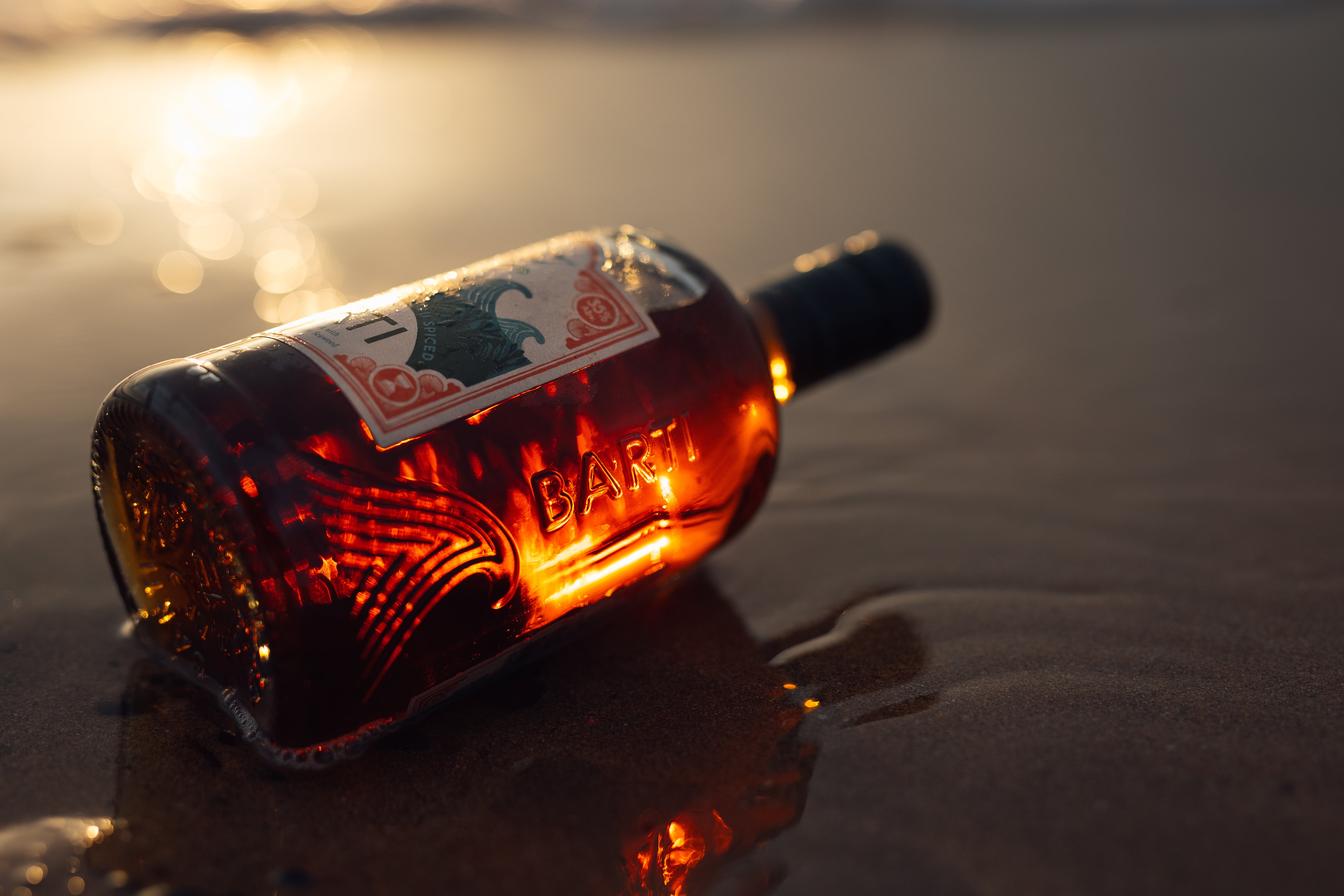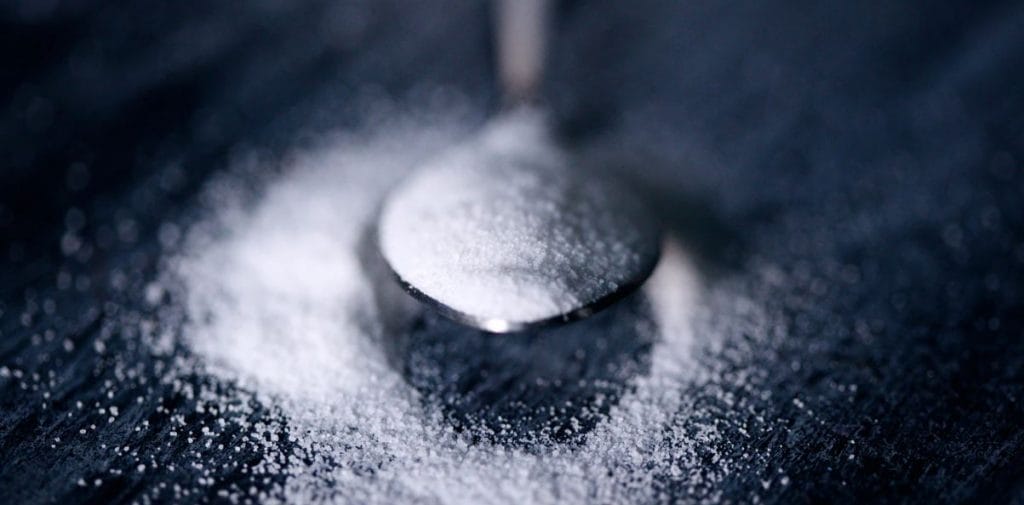How was rum, and subsequently spiced rum, invented?
In the seventeenth century sugar production was ramping up in middle to south America. However, for every two pounds of ready-to-spoon-into-your-tea sugar produced, a pound of molasses was subsequently yielded.
This sticky liquid biproduct was a problem for sugar producers. Some of it was fed to livestock but largely molasses was poured into the sea by way of quick disposal. It’s believed that slaves in the Caribbean first discovered that molasses could be fermented and made into an alcoholic spirit. Soon as more people caught on, a second industry began to boom. Rum distilleries popped up nearby sugar plantations all over the region. Rum and later spiced rum were set to flourish into a brand new industry.
Why is rum associated with the Royal Navy?
The Navy’s association with rum began in 1655 when the Brits captured Jamaica. The local tipple on the island soon replaced the rations of Brandy the seamen were familiar with.
Navy rum was traditionally drunk at a 57% ABV because this was the minimum strength needed for the liquid to be read by the gunpowder test. The gunpowder test was a method of testing how much alcohol is in a spirit. If you soaked a pellet of gunpowder in the liquid but it later could still burn, it was above “proof”.
The term “Navy Strength” to this day, refers to rum which is 57.15% ABV or thereabouts for this reason.
In the modern day the British royal navy still award seamen with a tot of rum in times of national celebration, such as a royal birth or wedding.
Rumour has it Nelson’s body following the battle of Trafalgar was transported home in a barrel of rum. However, at the other end it was discovered that the crew had tapped the barrel mid voyage in order to help themselves to the rum pickling the body.
Why is Caribbean rum so good?
In the Caribbean, the climate contributes to the quality of the rum. Rum aged in barrels left in naturally warmer ambient temperatures will mature to be more full-tasting. The quality also rests on the healthiness and therefore the freshness of the sugar cane it comes from so having a rum distillery in the close proximity to a sugar plantation means the process of acquiring ingredients is slick and efficient.
Why did people start adding spices to rum?
Spiced rum is normally unaged rum, it’s light in colour and contains extra added flavours such as cinnamon, clove or vanilla. Natural caramel is often added to give spiced rum a more golden colour. Lots of traditional rums draw depth of flavour from the barrels and atmosphere they’re aged in. Because spiced rum typically isn’t aged, the added flavours give spiced rum more body and depth than it would otherwise have. This is no bad thing, the act of selecting and balancing those spices is an art in itself. Think of spiced rum it as a beautifully painted canvas.




For mums too cool for gin.
Where did spiced rum come from?
Share: